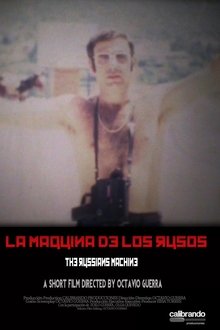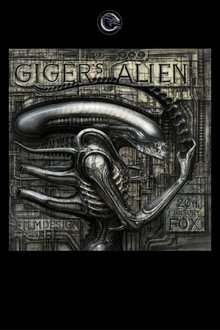Every km of ocean now contains an average of 74,000 pieces of plastic. A 'plastic soup' of waste, killing hundreds of thousands of animals every year and leaching chemicals slowly up the food chain. In Holland, scientists found plastic in the stomachs of 95% of all fulmar birds. In Germany, plastic has been found to affect the reproductive systems of animals, while in the US, conservationists are seeing increasing numbers of dolphins die in agony, their guts blocked with rubbish. What will be the long term impact of this 'plastic pollution'? Can anything be done to clean up our oceans?
Related Movies

Wales (1958)
Wales prides herself in her wealth of natural resources, foundries, mills, and factories. Beyond this modern facade lies another treasure—a rich historical background and ancient lore. The great granite fortresses still remain as reminders that from the struggle and strife was born a pure and distinctive national culture.

Thriving with Cerebral Palsy: The Cordell Brown Story (2018)
This documentary chronicles the inspirational story of a man who would not accept "no" for an answer. Born with cerebral palsy, Cordell Brown faced many challenges and most believed he would amount to nothing. Despite the odds stacked against him, Cordell proves that with heartfelt determination he can make a difference in the world.

3 Days, 3 Years (2021)
Elena, a Tsotsil Mayan woman from San Andrés Larráinzar, Chiapas, is appointed Municipal Trustee by a purely male community assembly.

Hay algo que no he dicho (2021)
Three women intimately share how they faced the world and their own family when deciding to terminate a pregnancy.

Fallas 37: el arte en guerra (2013)
In November 1936, a few months since the beginning of the Spanish Civil War, the government of the Second Republic moves to Valencia. In this situation, several Valencian artists and intellectuals decide to build four fallas — satirical plasterboard sculptures created to be burnt — to mock fascism.
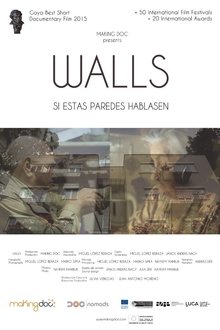
Walls (2014)
A day in the life of Mr. Istvan and Ms. Magdi, neighbors for many years, is narrated by the building of Budapest where both live. The walls surrounding them reveal their small passions, stories and routines.

Bombay X-Ray (2019)
A 10-year-old boy and his father support themselves by pulling a cart through Bombay's chaotic traffic. One day when they visit the doctor, they are told that they should change jobs. A visual and sound intensive documentary about a nightmarish traffic situation beyond all control.

Repainting Cuba (2009)
Repainting Cuba takes a critical look at communist Cuba, where both the facades and the aging regime were given a coating of colorful paint in connection with the 50 year anniversary of the revolution. Two young Cubans under house arrest talk about being imprisoned for dealing with foreign tourists in a society where gossip and backstabbing is endemic, and where the heavy varnish can’t conceal the cracks.
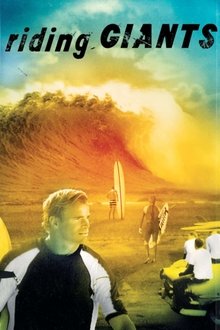
Riding Giants (2004)
Riding Giants is story about big wave surfers who have become heroes and legends in their sport. Directed by the skateboard guru Stacy Peralta.

Hidden (2022)
A homeless couple looks for a way to get ahead, working and making an effort, while trying to overcome their past.

Loon (2021)
Is wilderness more valuable than money? It depends on who you ask. Loon is a through hiking naturalist who understands what’s truly valuable in life. At 80 years old with more than 2,000 acres of wilderness to his name, he must decide what to do with this precious asset.
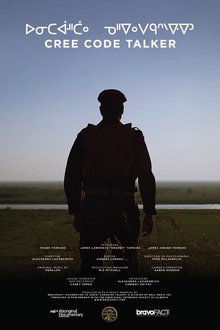
Cree Code Talker (2016)
CREE CODE TALKER reveals the role of Canadian Cree code talker Charles 'Checker' Tomkins during the Second World War. Digging deep into the US archives it depicts the true story of Charles' involvement with the US Air Force and the development of the code talkers communication system, which was used to transmit crucial military communications, using the Cree language as a vital secret weapon in combat.
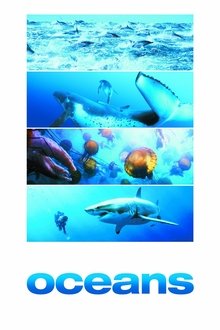
Oceans (2010)
An ecological drama/documentary, filmed throughout the globe. Part thriller, part meditation on the vanishing wonders of the sub-aquatic world.

Going Where I've Never Been: The Photography of Diane Arbus (1972)
The work of photographer Diane Arbus as explained by her daughter, friends, critics, and in her own words as recorded in her journals. Illustrated with many of her photographs. Mary Clare Costello, narrator Themes: Arbus' quirky go-it-alone approach. Her attraction to the bizarre, people on the fringes of society: sexual deviants, odd types, the extremes, styles in questionable taste, poses and situations that inspire irony or wonder. Where most people would look away she photographed.

Bilge and Her Apprentice: Diary of an Assistant Director (2015)
The story of a young woman entering the world of filmmaking as assistant director to Bilge Olgaç and the two years they worked together. Through her diary, Belmin Söylemez explores what she learned from Bilge Olgaç, the most productive woman director in the history of Turkish Cinema. The film also gives us clues on filmmaking in Turkey in the late 80’s. From tough shooting conditions to 35 mm editing, we discover Olgaç’s world through her assistant’s eyes. ‘Bilge and Her Apprentice’ pays tribute to the life and work of Bilge Olgaç, who passed away in 1994.


